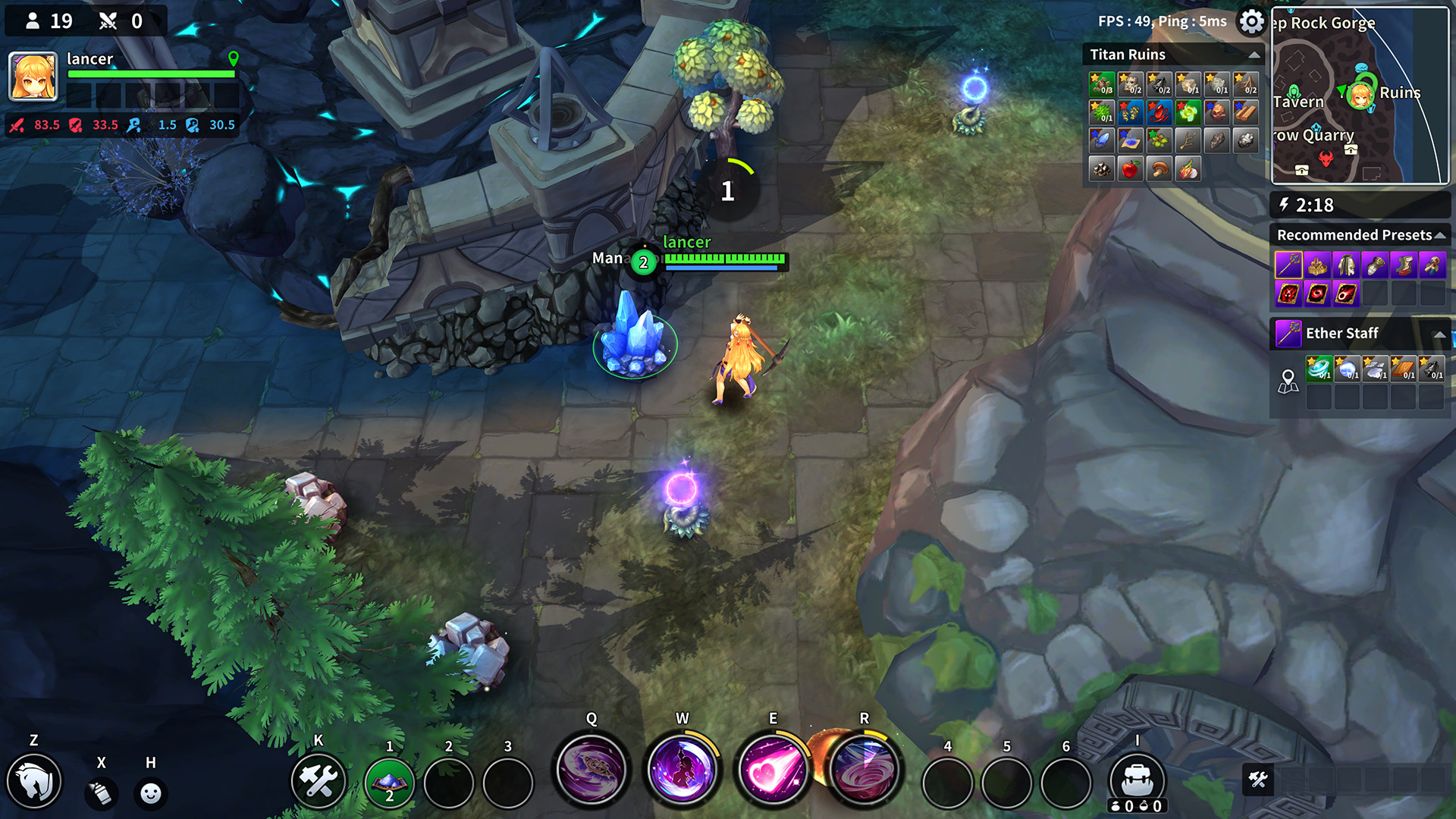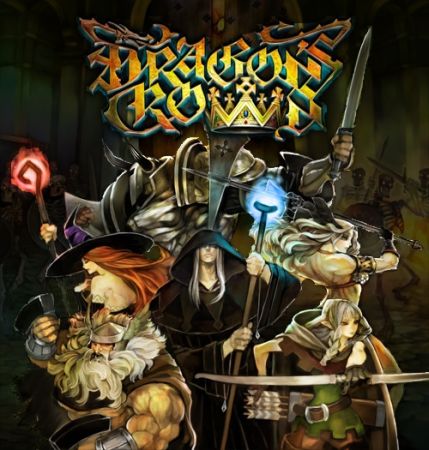
The re-release of Shadow Over Mystara was not without controversy, a controversy that was entirely a reaction to its visual art. Once upon a time, he was also behind much of the iconic art in Dungeons & Dragons: Shadow Over Mystara, which was re-released recently for Playstation Network and is as fun a romp now as it was in 90s arcades. Kamitani is the vision-holder for Vanillaware and his work spans several titles, all which feature his particular look. Though multiple artists worked on the title and contributed to its signature style, credit for the final results could be laid, without much argument, at the feet of its head artist, Vanillaware president George Kamitani.

Now we have this game, this artifact, this Dragon’s Crown. Rarely is a game considered the singular vision of its visual artist. Though gaming has its share of auteurs usually this singular credit is typically handed to a programmer, to a gameplay designer, or the rare “triple-threat” who does programming, design, and art or sound. Of course, some big-budget titles are also ascribed to their designers: it’s Sid Meier’s Alpha Centauri it’s American McGee’s Alice. Even if I may not agree with the visions of a singular creator such as an Alexander Bruce it is wonderful that they exist, are visible, and have things to say through their artwork. This is one reason why I like to engage with indie games, since their creators are often people we can finger by name. Clint Hocking and I both disagree with Ebert games are, indeed, authored works.

I bring this up not to malign Ebert, who was brilliant, and whose opinion was unfairly maligned often, but as a conversation-starter about the idea of games and authorship. This is partially because they are often a result of design by committee, but also because they only “exist” as a conversation between the game itself and its player. Roger Ebert once claimed that games are difficult to consider as “art” because they do not have specific authorship.


 0 kommentar(er)
0 kommentar(er)
